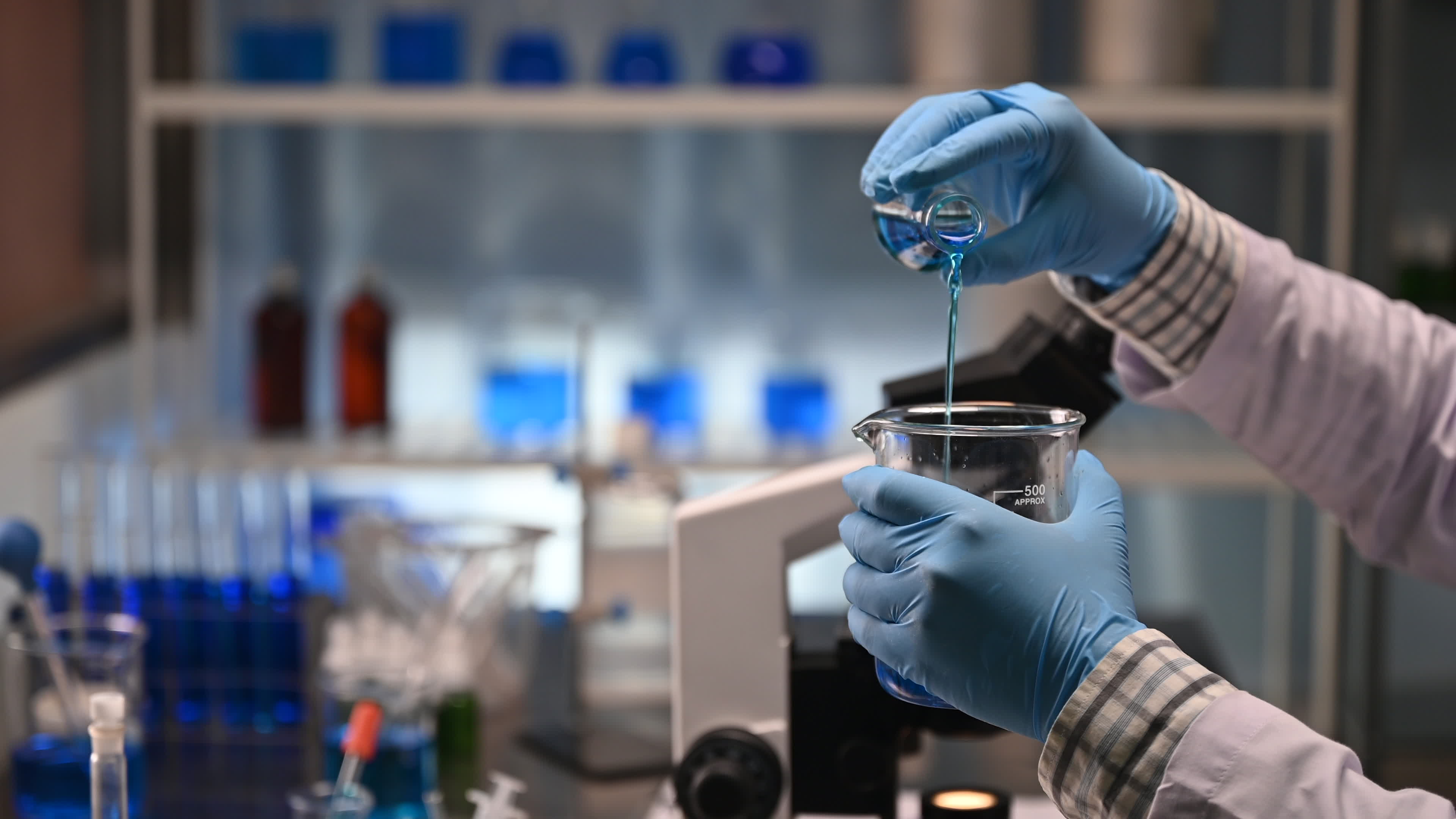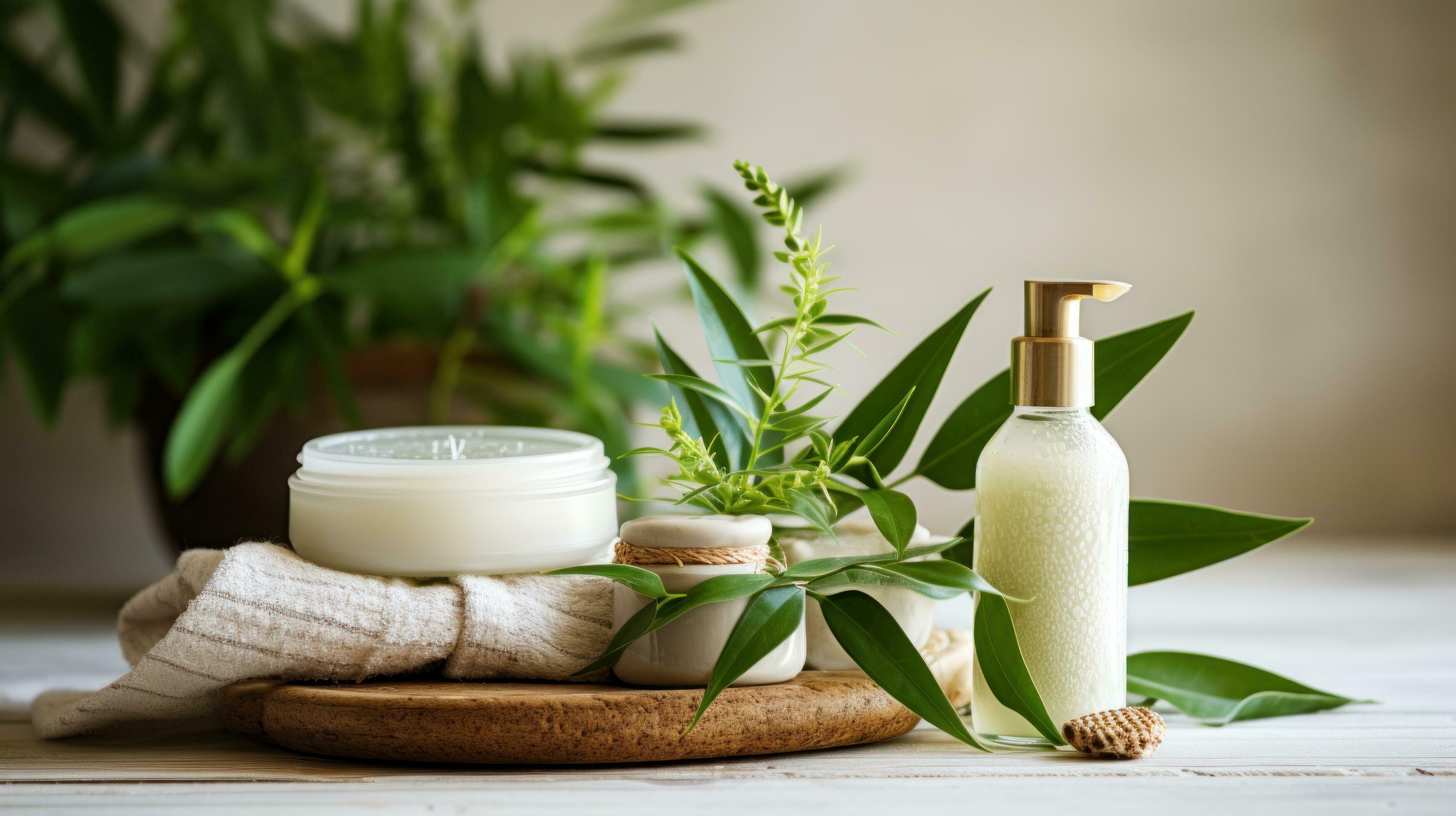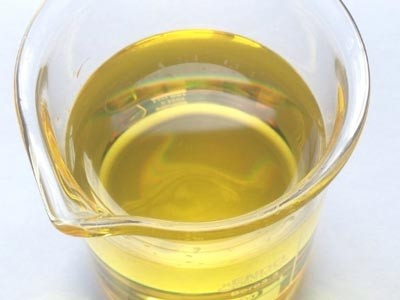In the era of clean-beauty, “plant-based”, “naturally preserved” and “no synthetic preservatives” are highly desirable claims. But what does it really mean to use natural preservatives in cosmetics?
At Craftiviti, we’re committed to providing safe materials and empowering you to craft confidently and that includes understanding the preservative systems you choose. In this article we explore what natural preservatives are, how safe and effective they can be, and take a closer look at a specific solution: Preservative Natural (Kem Nat β)
What Are Preservatives & Why Are They Needed?
Any cosmetic product that contains water, botanical extracts or oils is vulnerable to microbial contamination (bacteria, yeasts, fungi). A preservative system is necessary for ensuring product safety, stability, and an acceptable shelf life. If a product lacks proper preservation, it may become unsafe or degrade over time.
What Do We Mean by Natural Preservatives?
“Natural” preservatives often refer to antimicrobial or antioxidant compounds derived from plants, microbes or naturally-occurring substances (though they may still be processed). They are presented as an alternative to traditional synthetic preservatives. Examples may include botanical extracts, fermented ingredients, bio-based acids.
But it’s crucial to remember: natural ≠ automatically safer or universally effective — performance still depends on formulation, dosage, pH, water content, microbial challenge testing, etc.
Introducing Kem Nat β: A Broad-Spectrum Natural Preservative System
One of the standout systems available for formulators is Kem Nat β
Key facts:
- INCI: Benzyl Alcohol, Glyceryl Caprylate, Benzoic Acid, Propanediol.
- It is described as “a broad spectrum system COSMOS-approved for the preservation of natural & mild cosmetics based on safe non-questioned ingredients.”
- It is effective against bacteria, yeasts & moulds, with increased activity vs. yeasts & moulds, making it suitable for wet wipes and formulations susceptible to fungal contamination.
- It works in the pH range 4-6 (some sources say 4-8) and is globally approved for rinse-off & leave-on products.
- It is described as colourless, almost odourless, and safe for natural certified cosmetics (e.g., Ecocert, BDIH, ICEA/AIAB, NaTrue, COSMOS)
- Craftiviti lists a variant “Preservative NATURAL – Kem Nat” in their store, noting that it’s “gentle to the skin and effective against bacteria, yeasts and moulds” and suitable for both rinse-off and leave-on formulas.
Why Preservative Natural Kem Nat β is Worth Attention
- Synergistic mix: The combination of ingredients (alcohol, acid, ester, diol) enhances antimicrobial action and adds skin conditioning effect.
- Broad spectrum: It targets bacteria and fungi/yeasts, which is important since many “natural” systems struggle with fungal control.
- Natural-certified friendly: Good fit for those formulating for clean/organic/natural positioning, provided the rest of the formulation meets the standard.
- Good versatility: Suitable for many formats (face, body, hair, baby, wet wipes).

Considerations When Using It
- While it is marketed as “natural”, remember it is still a formulated preservative system you must ensure proper usage level, formulation compatibility, and challenge testing.
- You must verify the pH of your product aligns with the preservative’s effective range (e.g., 4-6 or 4-8). If your product is alkaline or high-water-content, you may need extra formulation support.
- Packaging, storage, manufacturing hygiene all still matter. Even the best preservative won’t fully compensate for poor manufacturing or contamination.
Are Natural Preservatives Safe?
Advantages
- They align with consumer demand for gentler, more transparent formulations.
- Some systems (like Kem Nat β) combine functional benefits (emolliency) with preservation, helping skin feel better, not just stay safe.
- Good natural/organic certification compatibility adds marketing appeal for clean-beauty brands.
Safety Considerations
- “Natural” doesn’t automatically mean risk-free: some ingredients (plant extracts, essential oils) may cause irritation or allergenicity. So always test first before use.
- The preservative performance depends on more than the “natural” origin: dosage, formulation matrix, water activity, pH, climate/storage all matter.
- A system suited for one format may fail if used incorrectly in another (e.g., high water-activity cream vs dry balm).
Are Natural Preservatives Effective?
Strengths
- Systems like Kem Nat β show that natural-friendly preservation can work for a wide range of microbes and formats, bridging the gap between “pure natural” and “safe formulation”.
- For brands aiming for natural positioning, using a strong system gives real prophylaxis against microbial spoilage rather than marketing alone.
Limitations
- Some natural systems may still fall short of conventional synthetic preservatives in terms of broadness, cost-efficiency, stability.
- Formulation boundaries remain: for very high-water, high-risk formulas (e.g., wet wipes, baby products, high-temperature climates) you may need to stress-test more.
- Natural systems often require additional care: correct pH, good packaging, strict manufacturing hygiene.
- Even with a strong system like Kem Nat β, you still need challenge testing to ensure real-world microbial protection.

What This Means for Crafters & Brands (Using Craftiviti)
- When you source the “Preservative NATURAL – Kem Nat” (or similar Kem Nat β system) from Craftiviti, you’re getting a tested broad-spectrum system suited for natural positioning and capable of covering bacteria + fungi.
- As a crafter, match your formula’s risk profile (water content, exposure to environment, packaging) to the preservative system you choose. For example: a 90%-oil solid balm may need simpler preservation or antioxidant vs a 70%-water emulsion.
- Use the data: Kem Nat β is approved for rinse-off & leave-on; good for body, hair, baby care, wet wipes. That gives you confidence when crafting your own.
- Educate your customers: Use blog posts, product pages or workshop content to explain why you chose this system, what “broad spectrum” means, and why proper preservation matters.
- Highlight marketing benefits: natural friendly preservative, certification compatibility, skin-conditioning bonus, but avoid overselling that “no preservative” or “preservative-free” myths.
- Leverage Craftiviti’s role: as a craft-supplier you can offer the ingredient + support/guides for usage, so your crafters feel confident in formulation.
Practical Tips for Crafters & Consumers
- Check the INCI: For Kem Nat β the INCI is Benzyl Alcohol, Glyceryl Caprylate, Benzoic Acid, Propanediol.
-Usage level: Although exact levels vary by formula, we list usage of 1.0-2.0% for our “Preservative NATURAL – Kem Nat”
- pH & temperature: Ensure your formula’s pH falls in the effective range (about 4-6 or 4-8) and that your process/storage conditions avoid extremes.
- Packaging & manufacturing hygiene: Even the best preservative can fail if contamination enters the product or storage conditions are poor.
- Educate your user/consumer: Explain that having a good preservative means their product stays safe longer, avoids rancidity or microbial spoiling.
- Be transparent: On your product label or blog you might say: “Preserved with a plant-friendly broad-spectrum system certified for natural cosmetics (INCI …)”.
- Test & validate: If you’re selling or gifting products, consider basic microbial challenge testing or at least shelf-life testing under local climate conditions.
Natural preservative systems represent a vital part of clean-beauty formulation: they help align with consumer values (gentler, more natural, transparent) while still delivering functional performance. A system like Kem Nat β demonstrates that “natural-friendly + broad-spectrum efficacy” is achievable, but only when handled correctly: matched to the right formulation, used at appropriate levels, confirmed via testing, and supported by good manufacturing and packaging practices.
At Craftiviti, we’re proud to supply ingredients like this enabling crafters and small-brands to develop safe, effective, natural-positioned products. Whether you’re making soap, lotion, balm or wipes, the choice of preservative matters and choosing a system with proven credentials helps you craft confidently.
Visit our website at Craftiviti.com or check out our retail store at Craftiviti, Level 2, Centrepoint Bandar Utama.



